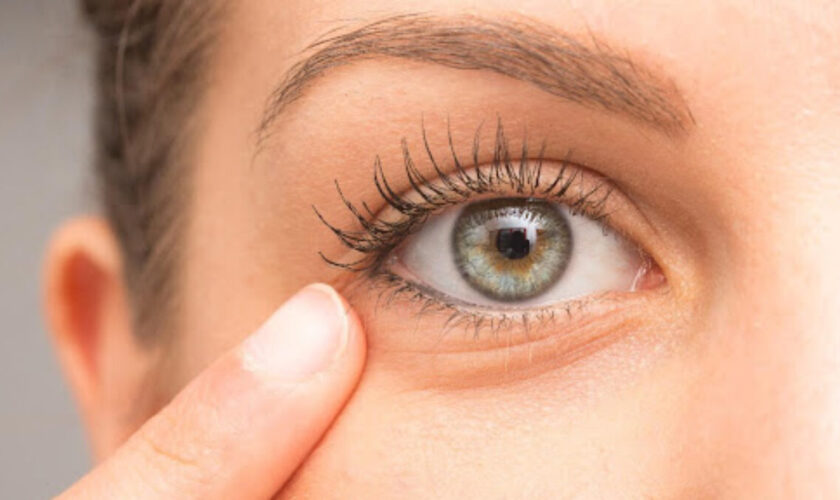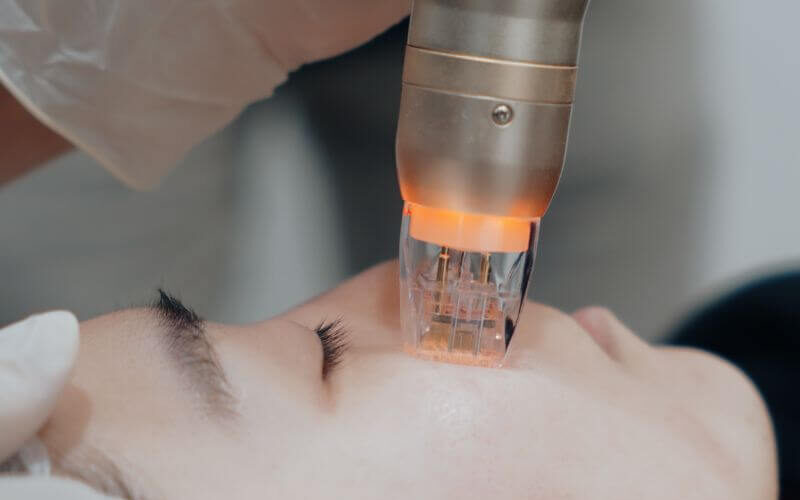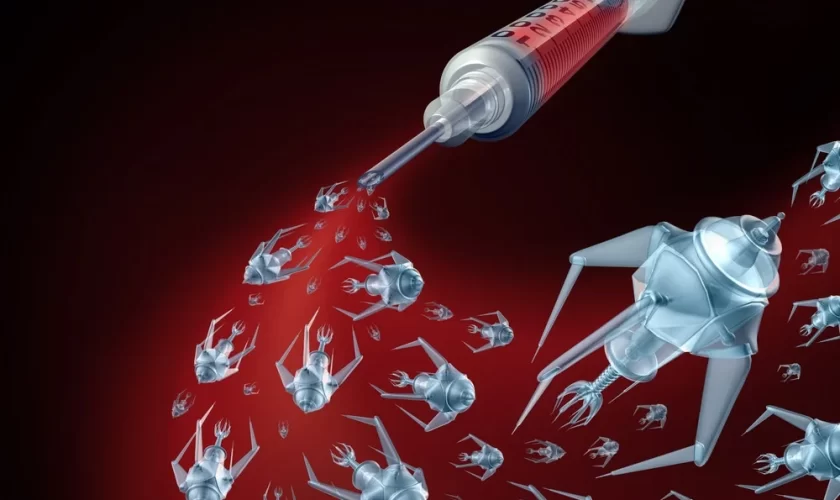Purchasing yellow-coloured contacts online has become increasingly popular due to its convenience and variety. With this convenience comes the responsibility of buying high-quality, safe products for your eyes. Before diving into online contact lens shopping, it’s crucial to take a few preliminary steps:
- Consult an eye care professional – Even if you don’t need vision correction, an eye exam and proper fitting are essential before wearing contact lenses, including coloured ones.
- Obtain a valid prescription – In many countries, prescriptions are required to buy contact lenses, even if they’re purely cosmetic.
- Understand your needs – Consider factors like wear duration (daily, monthly, or yearly), desired effect, and any specific design features you’re looking for in your yellow contacts.
Factors to consider when choosing a retailer
When selecting an online store to purchase yellow contacts, consider the following:
- Authenticity guarantee – Ensure the retailer sells genuine, branded contact lenses. Watch out for suspiciously low prices, as they may sell counterfeit products.
- Prescription requirement – Reputable sellers require a valid prescription before processing your order. Be cautious of sites that don’t ask for this information.
- FDA approval – Make sure the contacts you’re purchasing are FDA-approved. Other countries have similar regulatory bodies that approve contact lenses for sale.
- Return policy – Look for retailers with customer-friendly return policies if you need to exchange or return your lenses.
- Customer reviews – Check reviews from other customers to determine retailer reliability and product quality.
Secure payment – Ensure the website uses secure payment methods to protect your financial information.
- Customer support – Choose retailers with responsive customer service if you have questions or issues with your order.
Make your purchase
Once you’ve chosen a reputable retailer, follow these steps to purchase:
- Select your lenses – Choose the specific yellow-colored contacts you want. Pay attention to details like wear duration, water content, and special features.
- Enter your prescription – Provide your current contact lens prescription, including base curve and diameter measurements.
- Verify your order – Double-check all details before finalizing your purchase to ensure you’re getting the correct lenses.
- Consider bulk purchases – Some retailers offer discounts for buying multiple boxes. If you plan to wear yellow contacts regularly, this could be a cost-effective option.
 After your purchase
After your purchase
Once you receive your yellow-coloured contacts:
- Verify the product – Check that you’ve received the correct lenses and that the packaging is sealed and undamaged.
- Read the instructions – Carefully review all included instructions for lens wear, care, and storage.
- Practice insertion and removal – If you’re a newbie to contact lenses, practice inserting and removing your yellow colored contacts before wearing them for an extended period.
- Follow care instructions – Adhere to all cleaning and storage guidelines to maintain your lenses’ quality and protect your eye health.
Staying safe with online purchases
Remember these key points to ensure a safe online shopping experience for your yellow-coloured contacts:
- Never buy contact lenses from novelty shops, Halloween stores, or unauthorized vendors.
- Avoid purchasing used or second-hand contact lenses.
- If you experience any discomfort or unusual symptoms after wearing your first contacts, remove them immediately and consult an eye care professional.
- Keep your prescription up to date with regular eye exams.
Buying high-quality coloured contacts online is convenient and enjoyable when done correctly. By choosing reputable retailers and prioritizing eye health and safety, you can find the right pair of yellow contacts to enhance your look. With the right approach, you’ll be seeing the world through beautiful, safe, and comfortable yellow-tinted lenses in no time.













